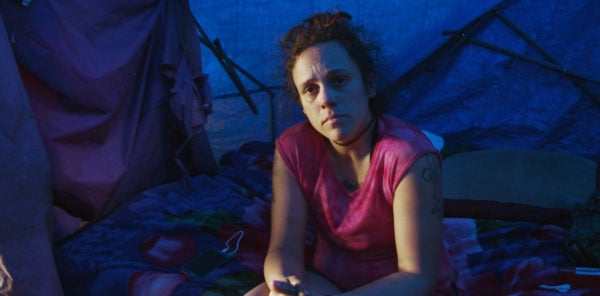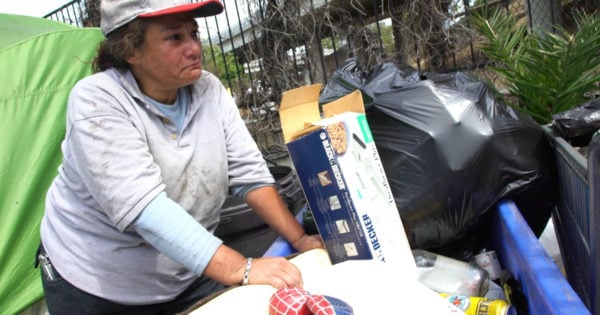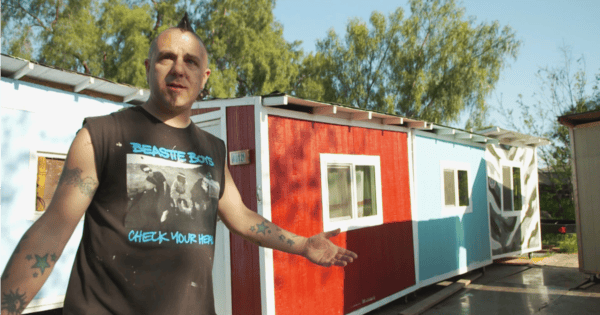I’m driving to Downtown Los Angeles, and my mind is wandering. Did the cheery radio announcer just slip something about mercury rising in your tarpaulin into her traffic report? Shake head, blink in sun. Of course not. I’m thinking of Raven – who I’m going to see again tonight.
Raven’s situation is all too common in La La Land these days – she lives under a tarpaulin, next to a freeway. She has been living on the streets for most of her life, after leaving a violent home when she was 9.




